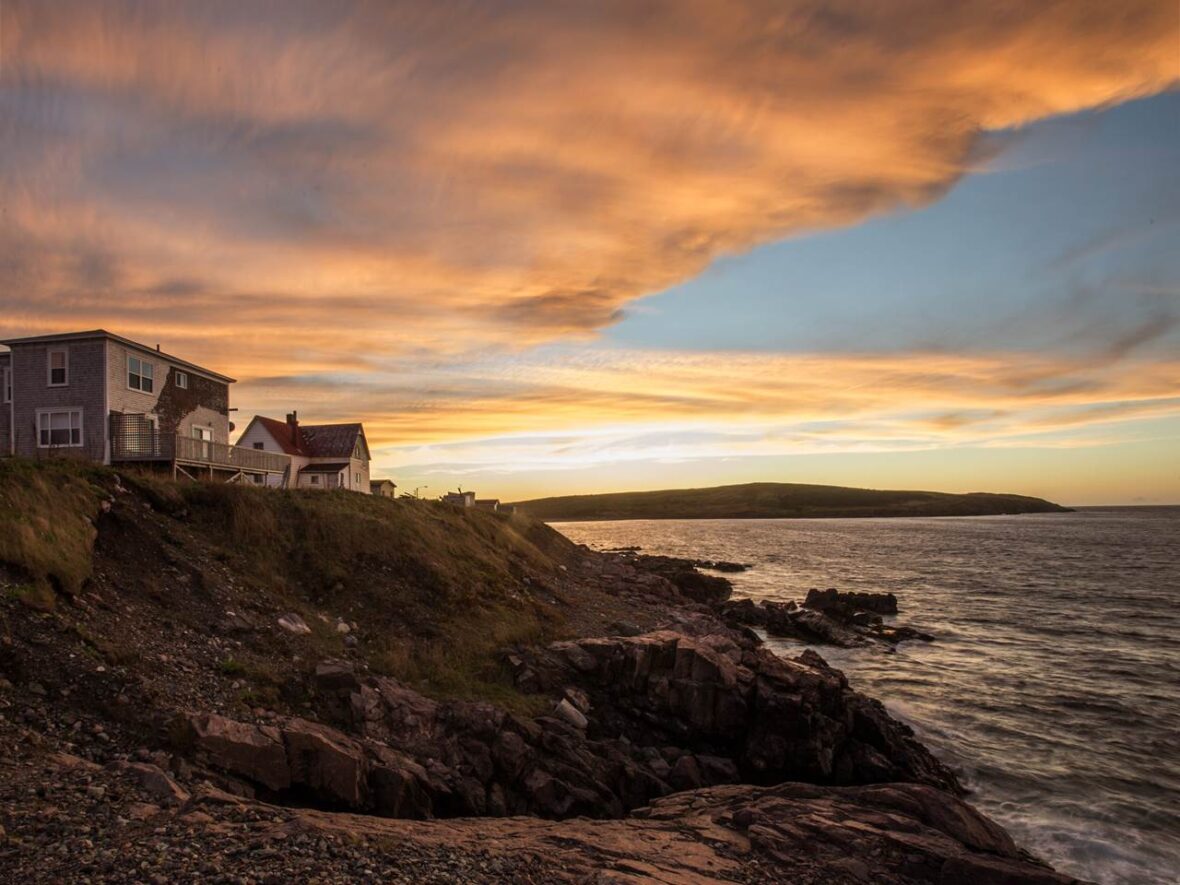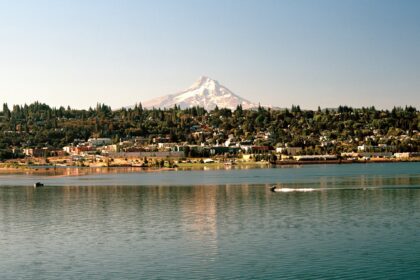Grand Bank, Newfoundland and Labrador, Canada or ‘Grand Banc’ as the first French settlers pronounced it, is a small rural town with a population of 2,580. Take a look below for 24 fun and interesting facts about Grand Bank, Newfoundland and Labrador, Canada.
1. It is located on the southern tip or “toe” of the Burin Peninsula (also known as “the boot”), 360 km from the province’s capital of St. John’s.
2. Grand Bank was inhabited by French fisherman as early as 1640 and started as a fishing settlement with about seven families.
3. It was given the name “Grand Banc” because of the high bank that extends from Admiral’s Cove to the water’s edge on the west side of the harbour.
4. The Town of Grand Bank can attribute much of its past and present growth and prosperity to its proximity to the fishing grounds and its ice-free harbour.
5. Original settlers thrived on trade with the French and a vigorous inshore fishing industry.
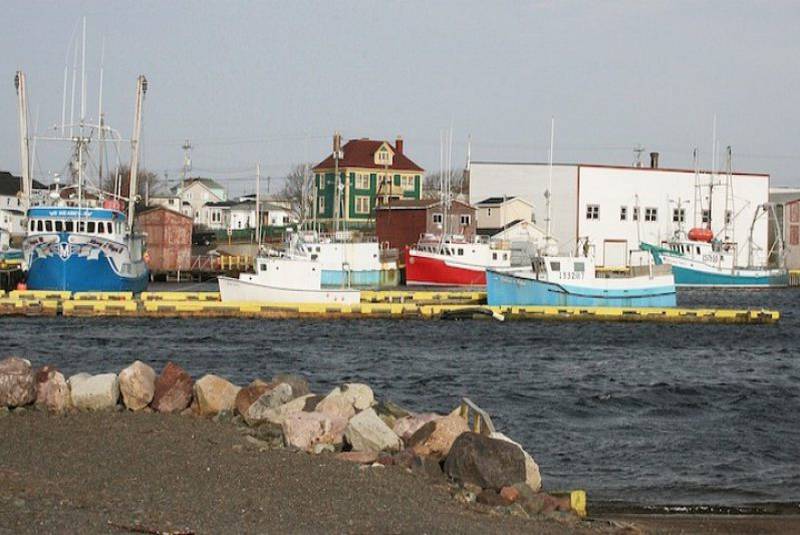
6. Grand Bank became the nucleus of the bank fishing industry for Newfoundland and a service centre for Fortune Bay.
7. With the decline of the salt fish industry, the town’s emphasis quickly shifted to fresh fish production.
8. Enterprising businessmen and town planners prepared the way for a fresh fish plant (present day Grand Bank Seafoods Inc.) and a fleet of trawlers.
9. Today, Grand Bank is the home of a shell fishing industry, a modern plant owned by Grand Bank Seafoods (A division of Clearwater Seafoods).
10. It is also home to Dynamic Air Shelters – Manufactures of specialized, inflatable industrial shelters for the oil and gas sector, as well as structures for promotional and ‘first response’ uses.

11. In recent years Grand Bank has seen a tripling of visitors interested in the Queen Anne architecture in the older homes, the traditions of a seafaring people and the heritage still evident in the older businesses, stores, halls and museums.
12. Heritage Canada’s Main Street program has been a great success, as evident in the face-lift of many storefront properties.
13. This program was designed to assist in the revitalization of the downtown of Grand Bank using its four components – organization, marketing, design and economic development.
14. The climate of Grand Bank is classified as Boreal (Koppen Dfb).
15. It enjoys one of the most favourable climates of Newfoundland and Labrador, mainly due to its position on the extreme southern coast of the Burin Peninsula.
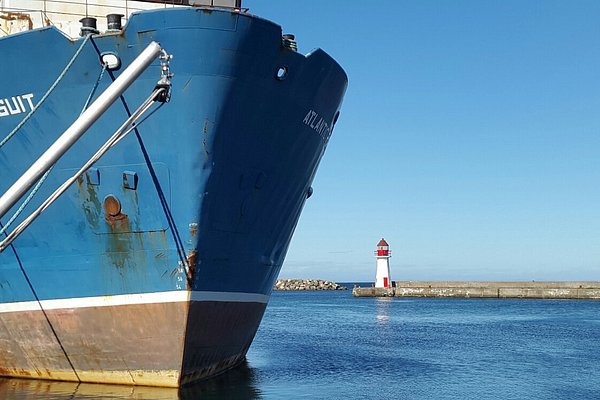
16. The winters are relatively mild winters with considerable variation in snow cover and heavy rainfall from October through December.
17. The average high temperature in January is -0.5 °C – one of the warmest for all of Newfoundland and Labrador.
18. Surface wind speeds average 20–30 km/hour, with 50–80 km/h typically sustained during low pressure systems. Very strong gusts (120–140 km/h) are a common feature along the south coast.
19. During strong Arctic air outbreaks the “windchill equivalent temperature” is typically in the -25 to -35 °C range on the island.
20. July has an average high temperature of 20.6 °C, in August it is 21.1 °C. Summers are generally cooled by low clouds and fog.
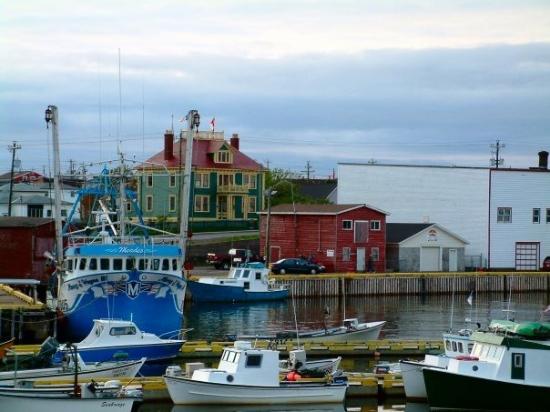
21. There is less fog in Grand Bank than at the other location on the south coast where records are kept. Fog can often be seen around Grand Bank when the community itself is free of it. This is thought to be caused by a combination of the inland hills and ridges that cause the fog to evaporate before it reaches the town.
22. Mean annual precipitation is 1461.1mm, which is high due to the occurrence of cyclonic storms and in which most of the precipitation falls as rain (1280.9mm or 81%).
23. Snowfall in Grand Bank is about 180.2mm annually.
24. The Southern Gazette is a newspaper that covers the entire Burin Peninsula.

